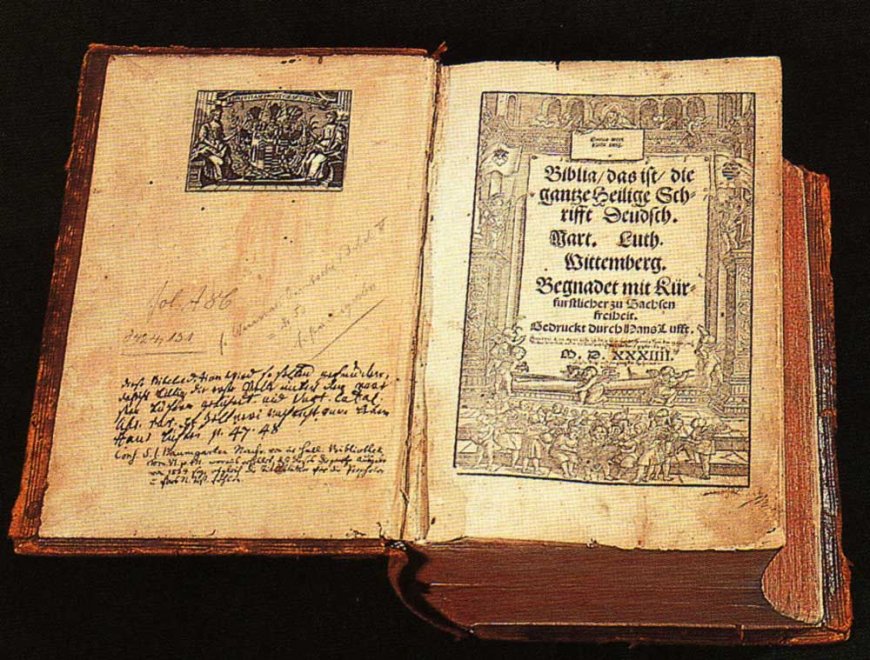It is highly appropriate to celebrate these liberating Reformation themes as we enter the month of October, the high peak of the Reformation’s 500th Anniversary. As evangelicals in the global Lausanne family, we affirm this Reformation heritage with conviction and passion.Grace alone
By faith alone
In Christ alone
Found in Scripture alone
To the glory of God alone
Why did the Reformation have such a deep significance and wide impact?
Part of the answer is that the Reformation was a highly influential media initiative. There are two aspects to this. Firstly, Martin Luther was entrepreneurial in making use of the printing press. Secondly, the Reformation movement at large made good strategic use of all the communication channels available to them.
Printing press potential
Luther understood the potential of the printing press for spreading new ideas. Gutenberg’s invention did not become successful until an independent and proactive publisher like Luther came on the historical stage. The printing press made the Reformation possible, and the Reformation contributed to the commercial breakthrough of the printing press. Luther’s conscious use of everyday German for his Bible translation, his books, and his pamphlets were central to his success. So was his innovative layout which included captivating illustrations by Lukas Cranach.
Broad communication strategy
The printed Bibles, books, and pamphlets were integrated into a broad communication strategy, if we are to use a contemporary term. The Reformation in Europe spread through a wide spectrum of communication channels: engaging preaching in the pulpits, new popular hymns, new attractive theatre plays, and new appealing paintings. Thus, a Reformation culture of persuasion was established, with deep personal impact and long-term cultural influence.
The printing press was the first modern media revolution; the second revolution was the mass media. In both eras, evangelicals were innovative and creative in their media engagement. Today, we live in the era of digital transformation and social media, which may be described as the third media revolution. We need courage, wisdom, and an entrepreneurial spirit ‘to bear witness to Jesus Christ and all his teaching’ (CTC) in such an age as this!
Watch our video about the Lausanne Media Engagement Network and the three media revolutions:
Share this Post
Photo credit:
Lutherbibel – Torsten Schleese. Public Domain.

